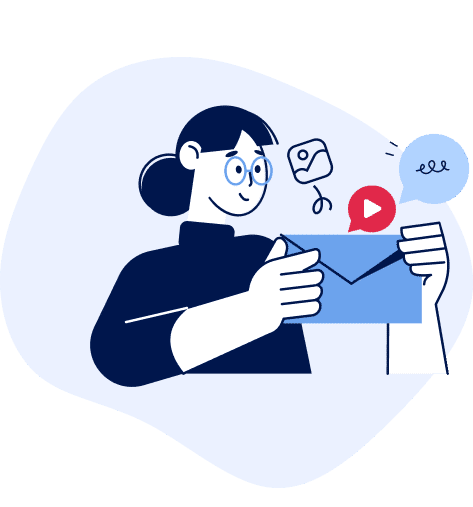5 Strategies to a Clean and Optimized Web Design
- Updated on: 2019-02-07
- Read original article here

In most cases, when clients approach us for our web design (or redesign) services, it’s to either increase traffic or boost engagement rates: now there’s no denying that a website can do just that. But, in reality, there’s more to a site’s purpose than drawing people to your brand.
That is to say: your website needs to generate conversions. There’s a reason why web design is a key element in the inbound marketing methodology: as inbound marketers, our aim is to combine the visual elements and the key elements of internet marketing to create a vehicle that will drive your customer from the top of the sales funnel to the bottom of the funnel.
So, when we talk optimized web design, we don’t just mean creating a beautiful thing with bells and whistles; instead, we’re adding a layer of purpose and intent to every aspect of the process, which is to generate leads and drive conversions.
The key to developing a converting site is understanding what stage in the sales funnel each web page represents. This will help you in mapping out the paths your customer is likely to take until they land on a bottom-of-the-funnel page like a pricing or service page.
Once you have mapped your pages out, the next step is identifying what information goes on each page that will serve its purpose, which is getting the user to the next stage of the sales cycle.
The context and the intent with which a customer arrives at your home page, for instance will differ from their intent when they visit your pricing page. So, with that and your buyer personas in mind, plan what content will get them to take the next action.
Human behavior is a dichotomy: while every individual possesses unique behavioral traits that characterize their personality, there still exists a commonality in how our brain reacts to and processes information: in the way we read, for instance.
The F-Pattern, as determined in the oft-cited Nielsen Norman group study, is the most common scanning pattern that users employ while reading online content.
The F-pattern should help you establish a visual hierarchy for your pages, which in turn will help you determine where you should place the most important elements of your page like your CTAs, visuals and web copy. To put it simply: place all key elements where users are more likely to see them.
Your CTA (Call-to-action) is central to your conversion strategies. Why? Because, it’s the element that triggers an action that furthers a visitor or lead’s journey down the sales cycle. So, yes, your CTA should stand out on the page, draw your user’s attention and provoke a sense of urgency to click.
But is that all? No.
According to Andrew Raso, co-founder and director of Online Marketing Gurus the intent of your CTAs should fall within the context of the stage of the sales funnel. Depending on where the user is on their journey to conversion, the context, message and language in the CTA can influence their actions.
No matter how delectable a cake looks in all its frosted glory, if ends up tasting terrible, you can bet that it won’t have any takers the second time around; and the hapless soul who baked it will go down in ignominy. The same goes for your business: no matter how beautiful your website looks, if the content is below par, all your efforts will have been for nought and you’ll lose traffic faster than you can say Google.
When we say poor content, we don’t exactly mean bad grammar - although that is indeed a turn-off - we’re talking more about content that doesn’t do what it’s meant to do: drive traffic and increase conversions.
Language and tone matter: remember, you’re writing for the audience, not for your brand. How you frame your content can impact the way your audience perceives your brand, therefore knowing who you are writing for can help you craft content that is clear, concise and most importantly, relevant to your target audience.
Flat and minimalist designs are still ruling the roost when it comes to website design trends, and with good reason. These designs rely more on the visual elements to do the talking for them, which is far more effective than cramming your home page with lots of text and a complicated navigation menu. How does this help conversion, you ask?
Traditional, static web design principles can hold steady with the rising tide of inbound marketing. However, since inbound marketing is iterative and organic by nature, it makes sense that web design should take a similar approach. Enter: growth-driven design (GDD), which incorporates the real-time, data-driven aspect of inbound marketing.
While the full process may seem daunting, the principles of GDD are essential to a fully optimized web design: Trusting data to continuously improve your pages in a dynamic manner, rather than going through the pain of a complete overhaul every 3 years or so.



